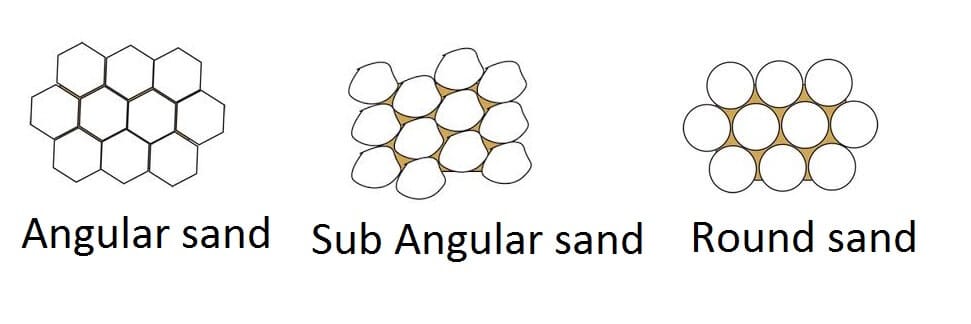Sand for top dressing lawns
Before we begin, let’s just say not all sand is equal let’s just say from the of that not all sand is equal.
SAND TEXTURE:
Undisturbed sandy soils are well aerated and well drained, they are nutrient poor since sand and silt cannot bind mineral nutrients. In contrast, clay soils do bind mineral nutrients but have poor drainage and aeration. Therefore, a soil with both sandy and clay characteristics should be optimal for plant root health.
With this in mind it’s easy to see how the practice of adding sand to clay soils has evolved.
SAND SHAPE:
Natural Sands will have sub-angular to rounded grains, because the sharp edges have been worn off, so they don’t fit as tightly together. Round grained sand will not compact because all the edges have been worn off.
Man-Made Sands have very sharp tendencies. Sharp, very angular materials are prone to fit tightly together and compact
Sharp sand and clay make bricks as sharp sand by its very nature is angular and locks together, however the sand that is used on sports surfaces and fine lawns is of a more rounded shape and is free draining.
As shown below…

